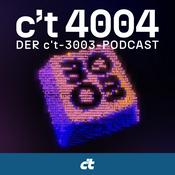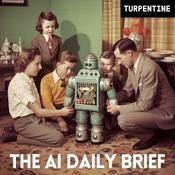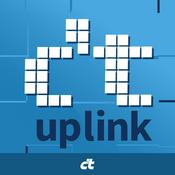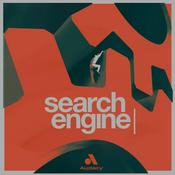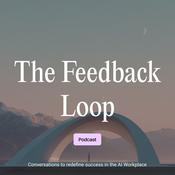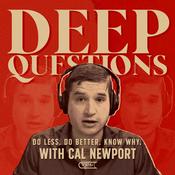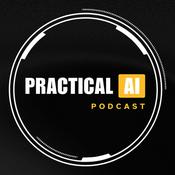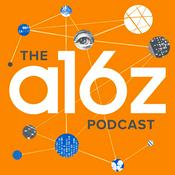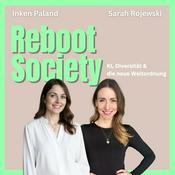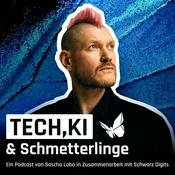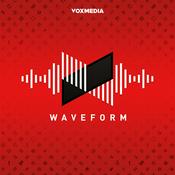67 Episoden

Why Monograph's CEO says monthly billing can save your design practice
02.12.2025 | 36 Min.
In this episode, Robert Yuen, CEO and co-founder of Monograph, discusses the vision behind Monograph as an operating system for architecture. He delves into the challenges of building software for the architecture industry, particularly the cold start problem and the importance of time tracking for efficiency. Robert emphasizes the need for a shift in invoicing practices from billable hours to value-based billing, and shares insights for new founders in the AEC space. He also explores the impact of AI on architectural workflows and the future capabilities of Monograph. Takeaways Monograph aims to be the operating system for architecture. Time tracking is essential for architects to measure efficiency. The cold start problem requires building initial capabilities carefully. Invoicing should be based on value, not just hours worked. Small firms make up 95% of the architecture industry. AI is integrated into many features of Monograph. Behavioral change in invoicing practices is a significant challenge. Selling to AEC firms requires understanding their procurement dynamics. The future of Monograph includes expanding capabilities beyond time tracking. The journey to a fully integrated operating system for architecture will take time.

How 100 homes in Maui could change disaster relief forever
28.11.2025 | 38 Min.
In this episode, Jose Cruz speaks with Jordan Rogove and Wayne Norbeck about their innovative approach to disaster housing through modular construction. They discuss the challenges of scaling affordable housing, the regulatory hurdles they face, and the importance of design in creating dignified living spaces. The conversation also highlights their recent project in Hawaii, where they successfully delivered homes in response to the devastating wildfires. The episode concludes with insights on the future of modular housing and the need for streamlined processes in disaster response. Takeaways The stigma around modular housing needs to be addressed. Design can significantly impact the quality of affordable housing. Regulatory challenges are a major barrier to scaling modular housing. Advocacy for changes in building codes is essential for progress. Natural light and thoughtful design enhance living conditions. The recent project in Hawaii showcased the potential of modular housing. Streamlining disaster response can save time and resources. Innovative financing options are crucial for affordable housing. Collaboration with various partners is key to successful projects. The future of housing requires a shift in how we approach construction.

Why cooling the planet is the next big design problem
25.11.2025 | 52 Min.
In this episode, Jose Cruz interviews Michael Ermann, an architecture professor and founder of Amber Book, discussing his journey in architecture, the importance of visual learning, the evolution of teaching methods, and the role of AI in education. They explore sustainability in architecture, the impact of materials, and the challenges of existing buildings, emphasizing the need for innovative solutions to address climate change and improve building efficiency. Takeaways Everyone is a visual learner, not just architects. The in-person teaching model remains essential despite online advancements. AI has become a valuable tool in education and learning. Sustainability in architecture requires a focus on materials and energy efficiency. Architects should not shy away from pushing back against engineers. The overhead plane in architecture is crucial for design quality. Current architectural trends often overlook the importance of building systems. The future of teaching will involve more technology and online resources. Existing buildings present significant challenges for sustainability efforts. Big ideas and innovative thinking are necessary to address climate change.

Why model health is a CFO problem, not a BIM problem
21.11.2025 | 47 Min.
In this episode, Matt Wash, CEO of BimBeats, shares his extensive experience in the architecture and engineering industry, discussing the evolution of BIM, the importance of data, and the challenges of interoperability. He highlights the impact of BimBeats on model health and efficiency, the transition from traditional roles to data-driven approaches, and the future of BIM in the age of AI. Matt emphasizes the need for value-based pricing and the importance of standardization in improving operational efficiency. Takeaways Matt's journey began with a passion for building and design. The inefficiency in traditional engineering roles led to a desire for change. Data is crucial for improving project outcomes and efficiency. BimBeats quantifies model health and operational efficiency. The architecture industry is transitioning towards data-driven decision making. AI is set to revolutionize the design and construction process. Value-based pricing is essential for modern business models. Standardization can significantly improve project delivery times. Understanding the digital footprint of a business is key to efficiency. Future professionals should focus on developing complementary digital skills.

Why likability is a competitive advantage for designers and builders
18.11.2025 | 30 Min.
In this episode of Buildings 2.0, host Jose Cruz interviews Susan Young, CEO of Get In Front Communications, who shares her journey from a quiet child to a leading communication expert for AEC professionals. The conversation explores the importance of storytelling, overcoming internal barriers, and the human factor in effective communication. Susan emphasizes the need for self-awareness, authenticity, and continuous learning in professional development, while also discussing the impact of technology on communication. The episode concludes with advice for future generations to embrace their journey and keep learning. Takeaways Everything is storytelling. The importance of internal communication and self-talk. Overcoming imposter syndrome is crucial for confidence. Human connection is key in presentations. People do business with those they like and relate to. Authenticity is essential in communication. Continuous learning is necessary for professional growth. Technology should enhance, not replace, personal voice. Self-awareness leads to better communication skills. It's okay to be imperfect and learn from mistakes.
Weitere Technologie Podcasts
Trending Technologie Podcasts
Über Buildings 2.0
Höre Buildings 2.0, Shell Game und viele andere Podcasts aus aller Welt mit der radio.at-App

Hol dir die kostenlose radio.at App
- Sender und Podcasts favorisieren
- Streamen via Wifi oder Bluetooth
- Unterstützt Carplay & Android Auto
- viele weitere App Funktionen
Hol dir die kostenlose radio.at App
- Sender und Podcasts favorisieren
- Streamen via Wifi oder Bluetooth
- Unterstützt Carplay & Android Auto
- viele weitere App Funktionen


Buildings 2.0
App laden,
loshören.

